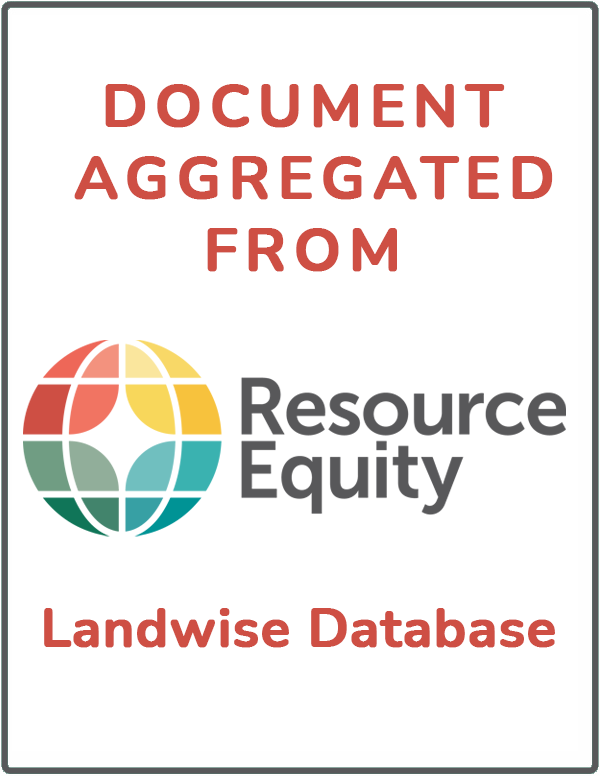This is the overarching term for any Kenyan governmental agency, organ, or branch.
Members:
Resources
Displaying 21 - 23 of 23Ghana - Engaging Local Communities in REDD+ / Enhancement of Carbon Stocks Project
General
The Engaging Local Communities in REDD+/ Enhancement of Carbon Stocks (ELCIR+) project forms part of the Ghana Investment Plan for the Forest Investment Program. The investment plan is expected to be co-financed through basket funding with the World Bank and the International Finance Corporation (IFC). Estimated at 2.0%, Ghana’s annual deforestation rate is alarming, with (i) agricultural expansion, especially cocoa cultivation (50%) and (ii) wood harvesting (35%) considered as the main drivers. This shift has resulted in significant loss of forest cover and a decline in carbon stocks. The limited alternative livelihoods opportunities are also a challenge for the community. Therefore, the project aims to mobilize and invest funds to reduce deforestation and forest degradation and also financially benefit local communities. This will pilot a jurisdictional approach to REDD+ at the regional level focusing on the Western and Brong Ahafo regions. The Bank financed portion supports: (i) restoration of degraded agricultural landscapes, (ii) climate smart agriculture, (iii) livelihoods improvement and, (iv) capacity building. The project will be implemented over 5 years (2014 – 2018) with a total cost of US $ 15.826 million.
Objectives
The Project development objective is to contribute to the increase of carbon stocks, and poverty reduction in the off-reserve areas of the High Forest Zones, by engaging communities in land management approaches that generate direct financial and environmental benefits.
Target Groups
Project interventions will target 14 districts in the Western Region and 24 districts in Brong Ahafo Region. Project’s direct beneficiaries are estimated to be 12, 000 people, with women representing about half of the targeted population. Furthermore, the project is expected to indirectly benefit 175,000 people (5% of the population of the two regions). Direct beneficiaries will be supported with capacity building, inputs (e.g. seeds), equipment, and financial incentives through benefit-sharing agreements, to develop forestry, agroforestry and alternate livelihoods activities.



